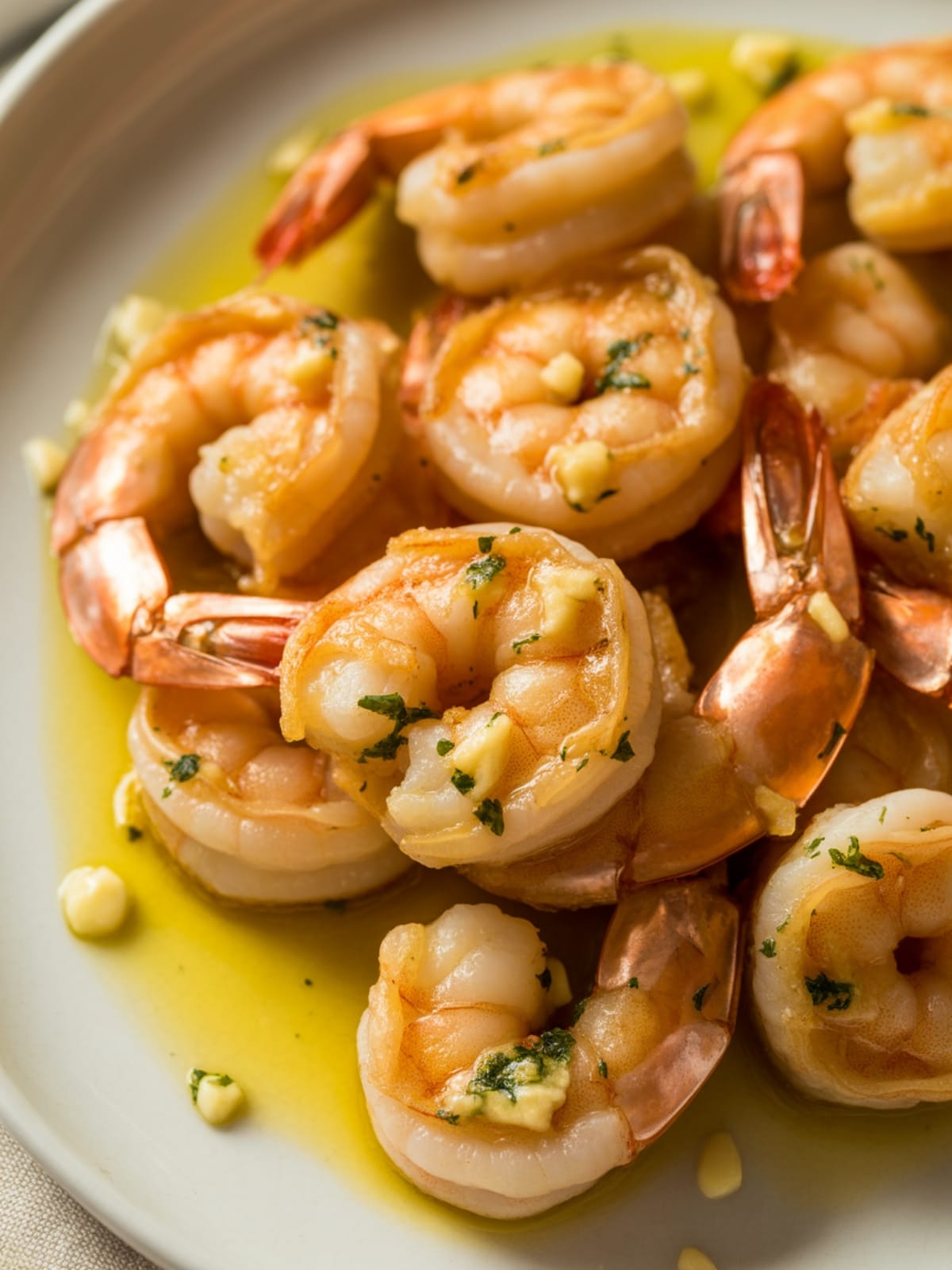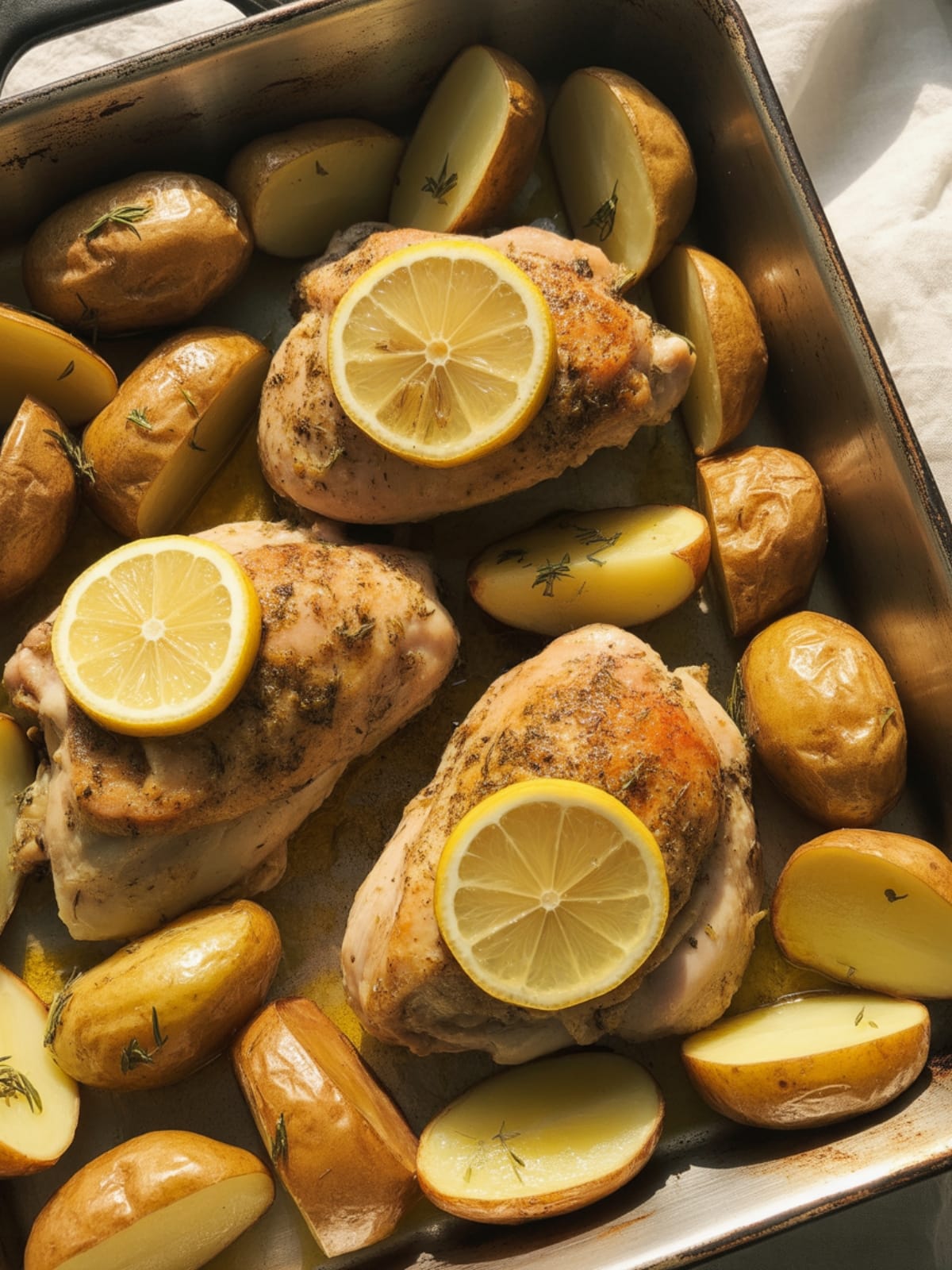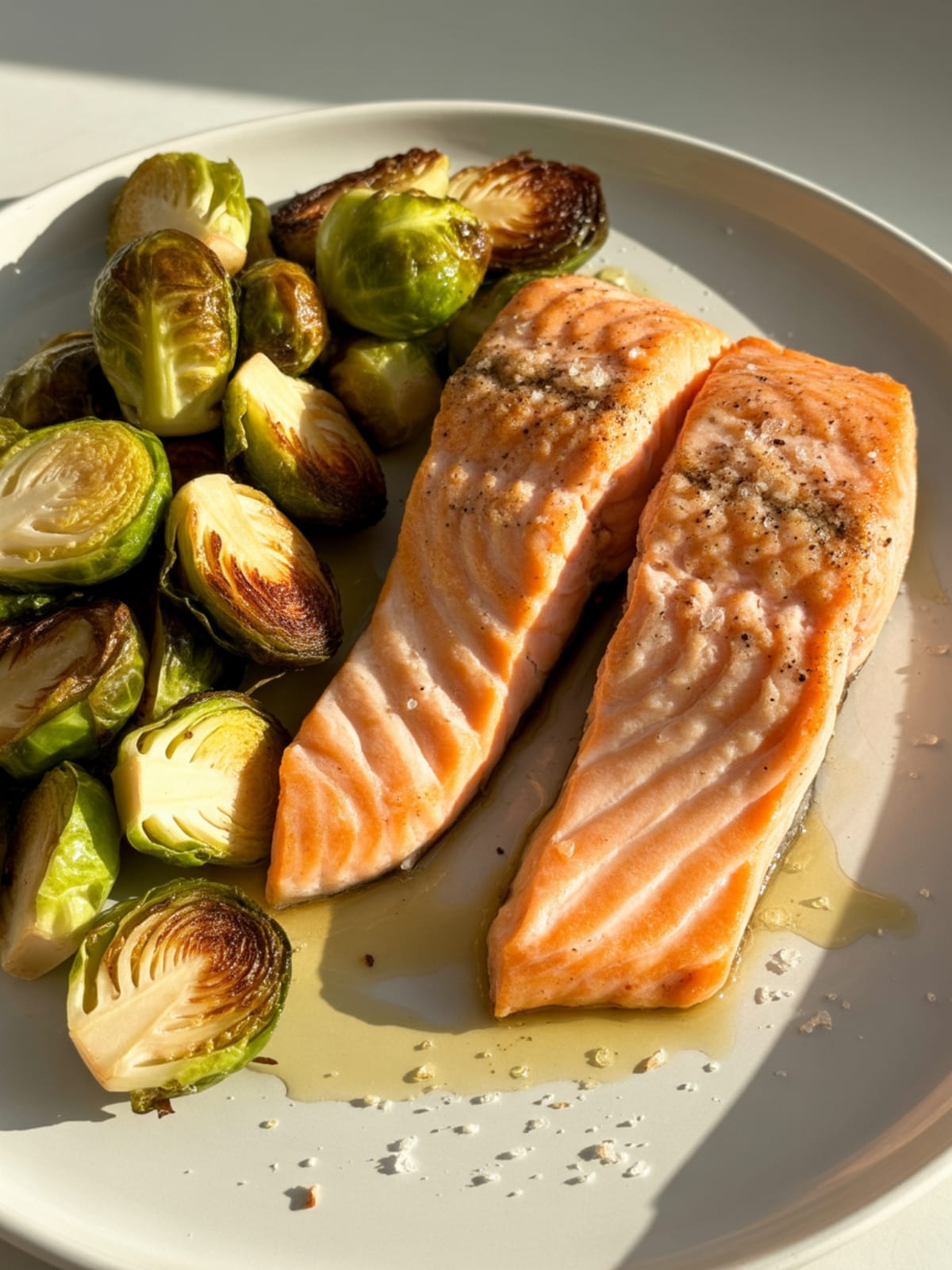Ever had one of those mornings when cereal just won’t cut it and you’re craving something that’ll stick to your ribs longer than that sad piece of toast? Enter sausage and cheddar grits—the breakfast that’s been making Southerners look forward to mornings for generations. It’s creamy, cheesy, savory, and just indulgent enough to feel like a treat without requiring a post-breakfast nap. Whether you’re a grits newbie or a stone-ground enthusiast, this recipe delivers that perfect comfort food experience that’ll have you scraping the bowl clean and possibly speaking with a slight drawl by the time you’re done. Ready to transform your breakfast game? Let’s get cooking, y’all.
Why This Recipe is Awesome

This isn’t just any breakfast—it’s the breakfast equivalent of a warm hug from your favorite grandma. What makes sausage and cheddar grits so magical is the perfect balance between the creamy, slightly sweet corn flavor of the grits and the savory, slightly spicy kick of sausage. Then the sharp cheddar slides in to bring everything together in a harmonious symphony of flavor that makes you wonder why anyone would ever choose a boring breakfast again.
The beauty of this recipe lies in its versatility. Want a quick stovetop version for busy mornings? Done. Prefer a make-ahead casserole for weekend brunches or holiday gatherings? Just a few tweaks away. Need a dinner option when your day has gone sideways and you need comfort ASAP? This works beautifully as breakfast-for-dinner.
And while it feels like a special occasion dish, it’s actually straightforward to make. The ingredients are simple pantry and fridge staples, but they come together to create something greater than the sum of their parts. Plus, it’s endlessly customizable—spice it up, add vegetables, try different cheeses—this recipe provides the perfect canvas for your culinary creativity (or whatever ingredients you happen to have on hand).

Sausage and Cheddar Grits
Ingredients
- 1 pound breakfast sausage hot or mild, your choice
- 1 cup stone-ground grits not instant
- 4 cups chicken broth or 2 cups broth, 2 cups water for milder flavor
- 1 cup whole milk
- 2 tablespoons butter
- 2 cups sharp cheddar cheese shredded
- ¼ cup green onions chopped (plus extra for garnish)
- 2 cloves garlic minced
- ½ teaspoon black pepper
- ¼ teaspoon cayenne pepper optional
- Salt to taste
- 2 large eggs lightly beaten (for casserole version only)
Optional add-ins
- Diced bell peppers
- Diced jalapeños for extra heat
- Crispy bacon bits
- Diced tomatoes
- Fresh herbs like thyme or parsley
Instructions
For Stovetop Sausage and Cheddar Grits
- Brown the sausage: In a large skillet over medium heat, cook the sausage, breaking it into crumbles with a wooden spoon. Cook until no longer pink, about 5-7 minutes. Transfer to a paper towel-lined plate to drain, reserving about 1 tablespoon of drippings in the pan.
- Sauté aromatics: In the same skillet with the drippings, add green onions (white parts) and garlic. Sauté until fragrant, about 1 minute.
- Cook the grits: In a medium pot, bring the chicken broth and milk to a gentle boil. Slowly whisk in the grits, stirring constantly to prevent lumps. Reduce heat to low and cook, stirring frequently, for about 15-20 minutes until thick and creamy. (Stone-ground grits take longer than quick-cooking varieties, so adjust time accordingly.)
- Add the good stuff: Once the grits are tender, stir in the butter until melted. Remove from heat and add 1½ cups of the cheddar cheese, stirring until completely melted and incorporated.
- Combine everything: Fold in the cooked sausage, sautéed green onions and garlic, black pepper, and cayenne if using. Taste and add salt as needed (the amount will depend on how salty your broth and sausage are).
- Serve it up: Spoon into bowls, top with remaining cheese and green onion tops. Serve immediately while hot and creamy.
For Baked Sausage and Cheddar Grits Casserole
- Follow steps 1-5 above, but cook the grits slightly less time as they'll continue cooking in the oven.
- Add eggs: Allow the grits mixture to cool slightly, then quickly whisk in the beaten eggs to create a more soufflé-like texture.
- Prepare for baking: Preheat oven to 350°F. Grease a 9×13 baking dish. Pour the grits mixture into the dish and top with the remaining ½ cup of cheese.
- Bake: Place in the oven and bake for 30-35 minutes until set in the middle and golden on top.
- Rest and serve: Allow to rest for 5 minutes before serving. Garnish with additional green onions.
Notes
- For creamier grits, stir them frequently during cooking and don’t be afraid to add more liquid if they’re getting too thick.
- Stone-ground grits have the best flavor, but they take longer to cook than quick-cooking versions. Don’t try to substitute instant grits—they’ll give you a very different texture.
- The key to perfectly creamy grits is cooking them low and slow. Rushing them will result in a gritty texture (not the good kind of gritty!).
- For make-ahead convenience, prepare the casserole version through step 3, cover, and refrigerate overnight. Let it sit at room temperature for 15 minutes before baking, and add 10-15 minutes to the baking time.
- Leftover stovetop grits will thicken considerably when cool. To reheat, add a splash of milk or broth and warm gently, stirring often.
- The casserole version freezes well for up to 3 months. Thaw overnight in the refrigerator before reheating.
Calories & Nutritional Info
- Calories per serving: Approximately 450 (based on 6 servings)
- Protein: 22g
- Carbohydrates: 25g
- Fat: 30g
- Fiber: 1g
- Sodium: 890mg (varies based on sausage and broth)
- Calcium: 30% DV (thanks to all that cheese!)
- Iron: 10% DV
Note: Nutritional values are estimates and will vary based on specific ingredients and portion sizes.
Common Mistakes to Avoid
- Using instant grits – The texture and flavor just can’t compare to stone-ground or at least quick-cooking varieties. Instant grits will give you a mushy result that’s not worth your time or calories.
- Cooking grits too quickly – High heat is the enemy of creamy grits. Keep the temperature low and be patient.
- Not stirring enough – Grits need regular stirring to prevent lumps and ensure even cooking.
- Under-seasoning – Grits themselves are pretty bland and need proper seasoning. Taste as you go and don’t be shy with the salt and pepper.
- Adding cheese when the grits are too hot – This can cause the cheese to separate and become oily. Remove from heat first and let cool slightly.
- Skipping the draining step for sausage – Unless you want greasy grits (you don’t), take the time to drain the excess fat from the sausage.
- For the casserole version: Adding hot grits to eggs – This will give you scrambled eggs in your grits! Let the mixture cool slightly before incorporating eggs.
Alternatives & Substitutions
- Protein options: Bacon, ham, chorizo, or even smoked salmon for a fancy twist. For vegetarians, try a plant-based sausage substitute or simply load up on extra vegetables.
- Cheese variations: Smoked gouda, pepper jack for heat, or a mix of cheeses for complexity.
- Make it Cajun: Add andouille sausage, bell peppers, celery, and Cajun seasoning for a “dirty grits” variation.
- Dairy alternatives: Coconut milk works surprisingly well for a dairy-free version, or use all broth instead of milk.
- Grain-free option: While not technically grits anymore, cauliflower “grits” can stand in for those avoiding corn.
- Add vegetables: Sautéed mushrooms, spinach, or roasted corn kernels add nutrition and flavor.
- Sweet and savory: Add a drizzle of maple syrup over the top for a sweet-savory combination that’s unexpectedly delicious.
- Toppings bar: For a brunch gathering, set up a toppings bar with options like crispy bacon, sliced avocado, hot sauce, and fresh herbs.
FAQs
What’s the difference between stone-ground, quick-cooking, and instant grits?
Stone-ground grits are made from whole dried corn kernels ground between stone wheels, retaining the germ and thus more flavor and texture. Quick-cooking grits are processed more finely for faster cooking times. Instant grits are pre-cooked and dehydrated, requiring only hot water to rehydrate, but they sacrifice flavor and texture. For this recipe, stone-ground provides the best result, but quick-cooking works in a pinch. Avoid instant if possible.
Can I make this vegetarian?
Absolutely! Use a plant-based sausage substitute or omit the sausage entirely and add sautéed vegetables like mushrooms, bell peppers, and spinach. Use vegetable broth instead of chicken broth, and you’re good to go.
My grits turned out lumpy. What happened?
Lumpy grits usually happen when they’re added too quickly to the liquid or not stirred enough during cooking. For smooth grits, whisk constantly while adding them to the simmering liquid, then stir frequently during cooking. If disaster strikes, you can sometimes rescue lumpy grits with vigorous whisking or even a quick spin in the blender.
How do I store and reheat leftovers?
For stovetop grits, store refrigerated in an airtight container for up to 3 days. They will thicken considerably when cold. Reheat in a saucepan over low heat, adding a splash of milk or broth to restore creaminess. The casserole version can be refrigerated for up to 4 days and reheated in a 325°F oven until warmed through (about 15-20 minutes).
Can I use polenta instead of grits?
While they’re both made from corn, polenta is typically made from yellow corn with a coarser grind, while grits are traditionally made from white corn that’s been treated with lime (nixtamalized). But in a pinch, yes, polenta can substitute for grits—the flavor profile will be slightly different but still delicious.
What can I serve with sausage and cheddar grits?
For breakfast or brunch, serve with fried or poached eggs on top, fresh fruit on the side, and maybe some biscuits if you’re feeling ambitious. For dinner, a simple green salad with a tangy vinaigrette helps balance the richness of the grits. Sautéed greens like collards or kale also make excellent Southern-inspired side dishes.
My grits aren’t thickening. What should I do?
If your grits seem too soupy, keep cooking them uncovered to allow more moisture to evaporate. You can also add a little more dry grits (mixed with cold water first to prevent lumps). Remember that grits will continue to thicken as they cool, so it’s better to err on the slightly thinner side when cooking.
Final Thoughts
Sausage and cheddar grits isn’t just a meal—it’s a Southern tradition that’s earned its place in the comfort food hall of fame for good reason. Whether you’re making the quick stovetop version for a satisfying weekday breakfast or the casserole for a weekend gathering, this dish delivers that perfect combination of creamy, savory, cheesy goodness that food dreams are made of.
Don’t be surprised if you find yourself making this regularly, experimenting with different add-ins, and maybe even developing a slight Southern accent when you talk about your “homemade grits.” After all, once you’ve mastered this dish, you’re practically an honorary Southerner. So grab your whisk, channel your inner Pioneer Woman, and get ready to experience breakfast as it was meant to be—comforting, satisfying, and worth getting out of bed for.






